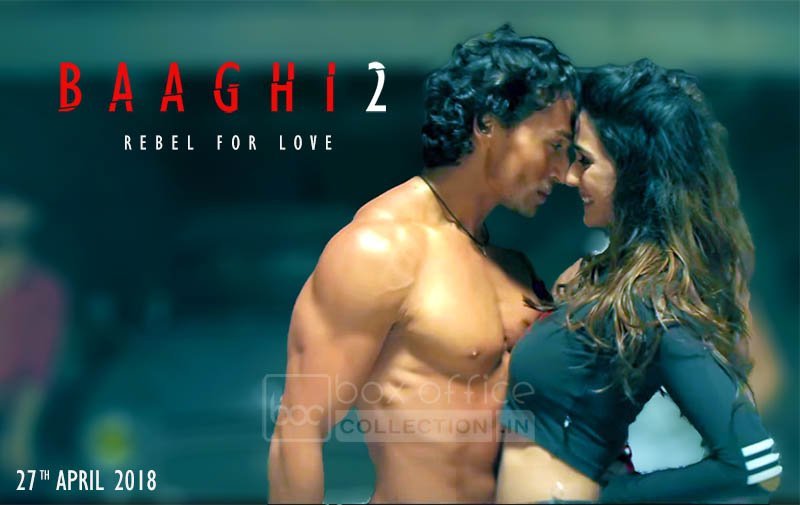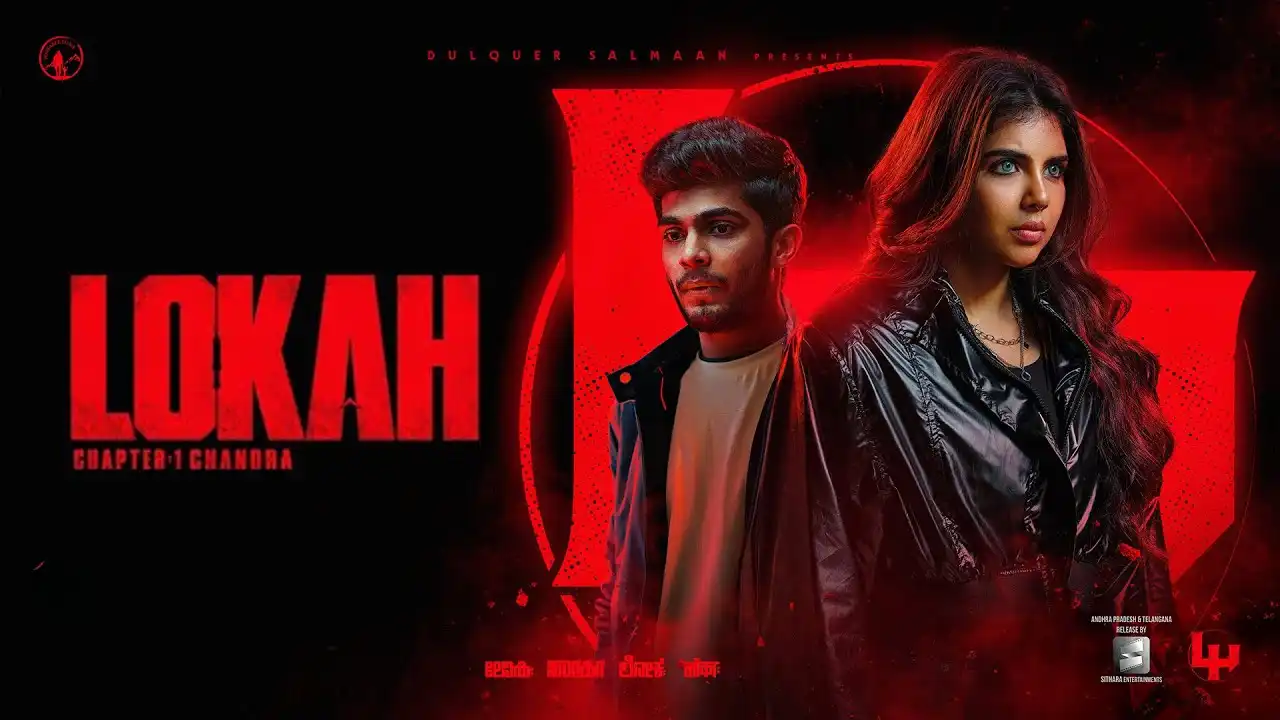A week ago, the makers of Baaghi 2 picked my college campus to shoot certain parts of their film. As I loitered around the elaborate sets I was fortunate to witness a few scenes being shot, these scenes however, did not translate into responsible film-making and so I chose to write about it.
Bollywood cinema has always been a major point of reference for Indian culture and society. It has not only shaped but also expressed the changing structure and contours of India’s cultural and societal sentiments to such an extent that no other preceding art form could ever achieve.
Cinema means different things for different people, for some it is the greatest and the most appreciated medium of visual art, while for others it is just a medium that disseminates moving pictures for the purpose of entertainment. But there is a different aspect, a different side to the coin, as well; cinema itself can herald or bring about changes in the society. As people try to mimic what they see in films. They fail to realise that what they consume in a theatre is an altered or modified version of reality that is made to look glamorous though instruments and technology; that life like cinema is not predictable.
You know how some video games play out an origin story before the player gets into a console-pounding, level-unlocking mode?
Now imagine a movie, a foolish and exhausting one, that does the same but the action only lasts for about 20 minutes while the preceding two hours are taken up in what led to it. I present to you, Baaghi (2016).
With its 1980s sensibilities (back when malarkey passed off as masala protagonists functioned without reflection and too many unproductive songs fought their way in)— Sabbir Khan’s Baaghi: A Rebel For Love is as impractical as its title.
The only purpose it serves is to showcase some more of Tiger Shroff’s chiselled brawn and doozy flexibility, in case his first film Heropanti didn’t point it out enough. In the film Sia, played by Shraddha Kapoor, is an actress, shooting for a project that appears to be forever under-production (not sure if that movie ever saw the light of day). Kapoor aims for the nerves as the quintessential silly Hindi film heroine displaying short-lived bravado as consolation.
The only purpose Baaghi serves is to showcase some more of Tiger Shroff’s chiselled brawn and doozy flexibility.
Since then, the choreographer turned director—Ahmed Khan, has undertaken the shooting of its sequel Baaghi 2. Allow me spell out the nature of the shots being taken and the action taking place in the frame.
In the film, Tiger Shroff (27) and Disha Patani (25), play college going kids. In one shot Shroff and his squad of testosterone-fuelled boys are hanging around in campus when their “teacher” (please note: the woman portraying the teacher is a light-skinned, slender, woman in her 30’s) passes them. She walks by intentionally swaying her hips side to side, twirling her hair and smiles at Shroff, triggering voyeuristic sniggering from his pals.
In another shot Patani addresses her female friend, Simi, who is a “DUFF” in the modern social context (Designated Ugly Fat Friend). It is evident that she has been chosen to further emphasise the clichéd standards of beauty displayed by Patani. To ensure that the purposefully “unattractive” one-dimensional character does not steal the other “attractive” one-dimensional lead’s thunder.
Even though, these shots make up only a fraction of the final product, one can imagine the rest of the film playing out along the same lines. When films like these are viewed by highly impressionable audiences, they might leave the cinema hall wanting to mimic in real life what they just observed.
It is because of this blatant misrepresentation of women, people feel that it is acceptable to hold women in their society in this regard. Unhealthy perceptions and the treatment of women onscreen lead them to behave in a similar manner in real life settings.
Films often show heroes pursuing the heroines not with poetry, as the idea of chivalry preaches, but with songs and sequences that manhandle the heroine, pestering her with antics like playing with her dupatta, pulling and pinching her cheeks, blocking her path, coming too close for comfort and sometimes even kissing her without her permission.
When films like these are viewed by highly impressionable audiences, they might leave the cinema hall wanting to mimic in real life what they just observed.
The girl initially tries to get away from this brute but finally gives in to him and accepts his “love”. The marvel of marvels happens when she succumbs to such degrading antics and is won over by his charm. Is it any wonder that eve teasing is rampant in this country when films show women giving in to such demeaning and crude gestures used by the male in the film in order to court her?
Journalist and film scholar Dr. Shoma A. Chatterjee says that, “One has to develop a new theory of such analysis against the backdrop of the Indian socio-economic backdrop within which the real woman lives and works and study the intersections of these with celluloid women in Indian cinema. How distanced are the real women from the celluloid women? Does distancing help nurture better images of the celluloid women or does it hinder the image more and thus distance the audience from these films?”
The representation of women is used as a selling point of such films and so women are still depicted in a way that caters to the male gaze and audience. Song and dance sequences, various forms of dressing and stereotypical images are all factors that help to compartmentalise women. It turns them into a fetish, leaving no room for a realistic portrayal of women to be depicted on screen.
Also Read: Why No Chuddy Buddies For Women In Bollywood?
Featured Image Credit: Box Office Collection
About the author(s)
Journalism student by day, insomniac (induced by the amount of knowledge in this world) by night.





Let’s also talk about why heroines are immediately replaced in the films. Why Shraddha Kapoor is not part of the sequel?
hi check out the box office collection baaghi 2 here
https://moviescorner.in/baaghi-2-online-ticket-booking-and-review/
Oosm info i like your info keep sharing like this